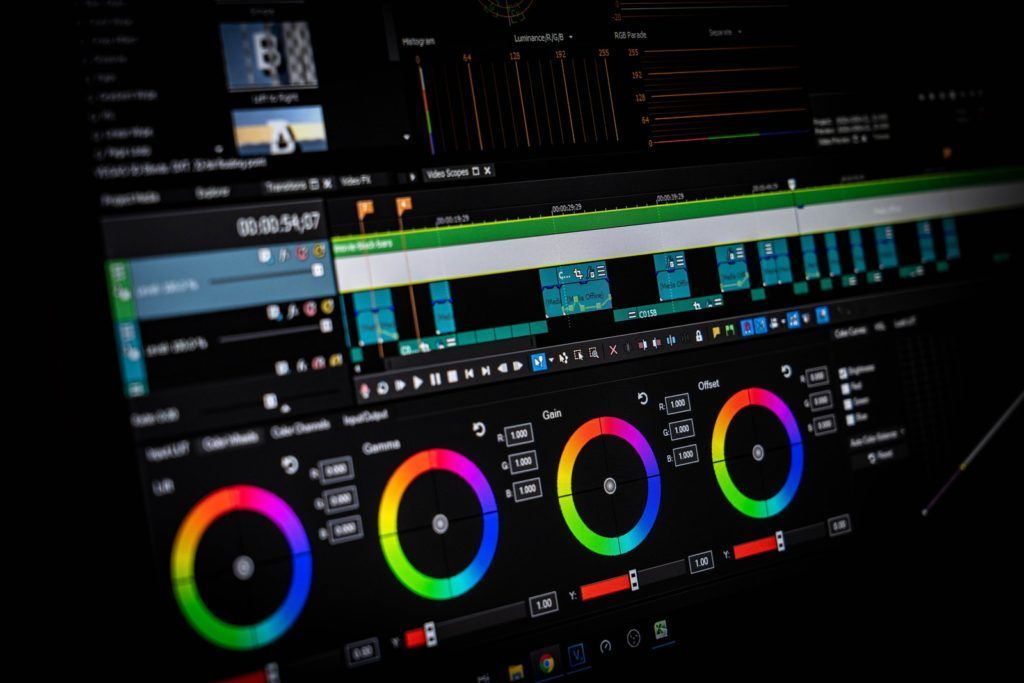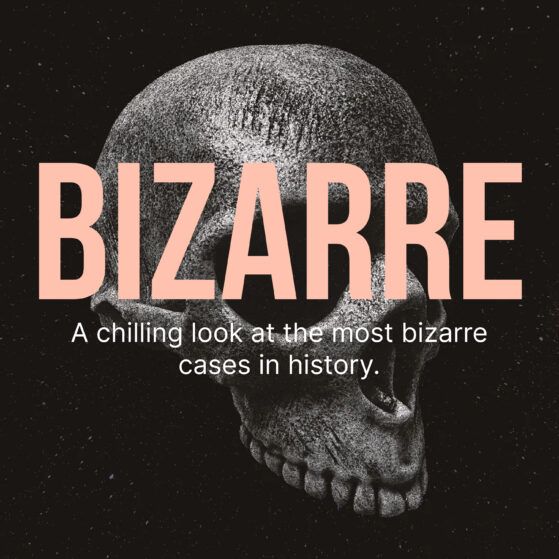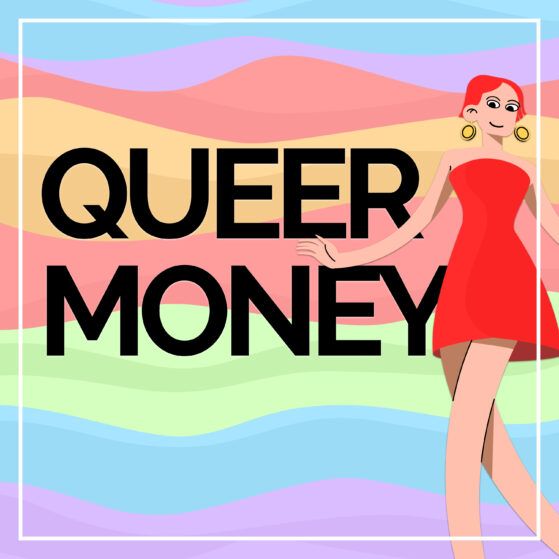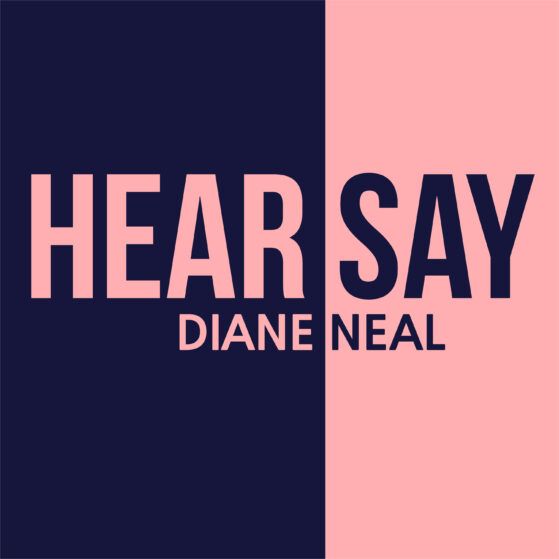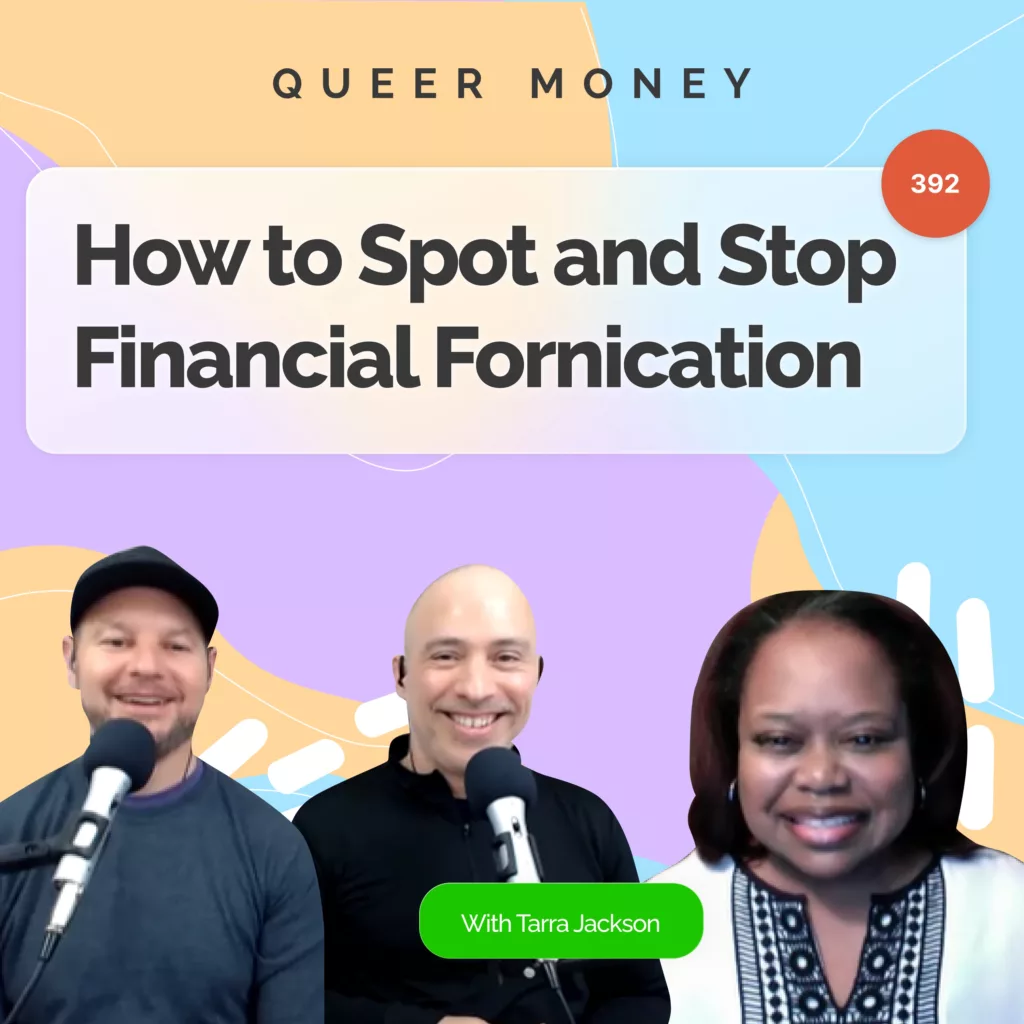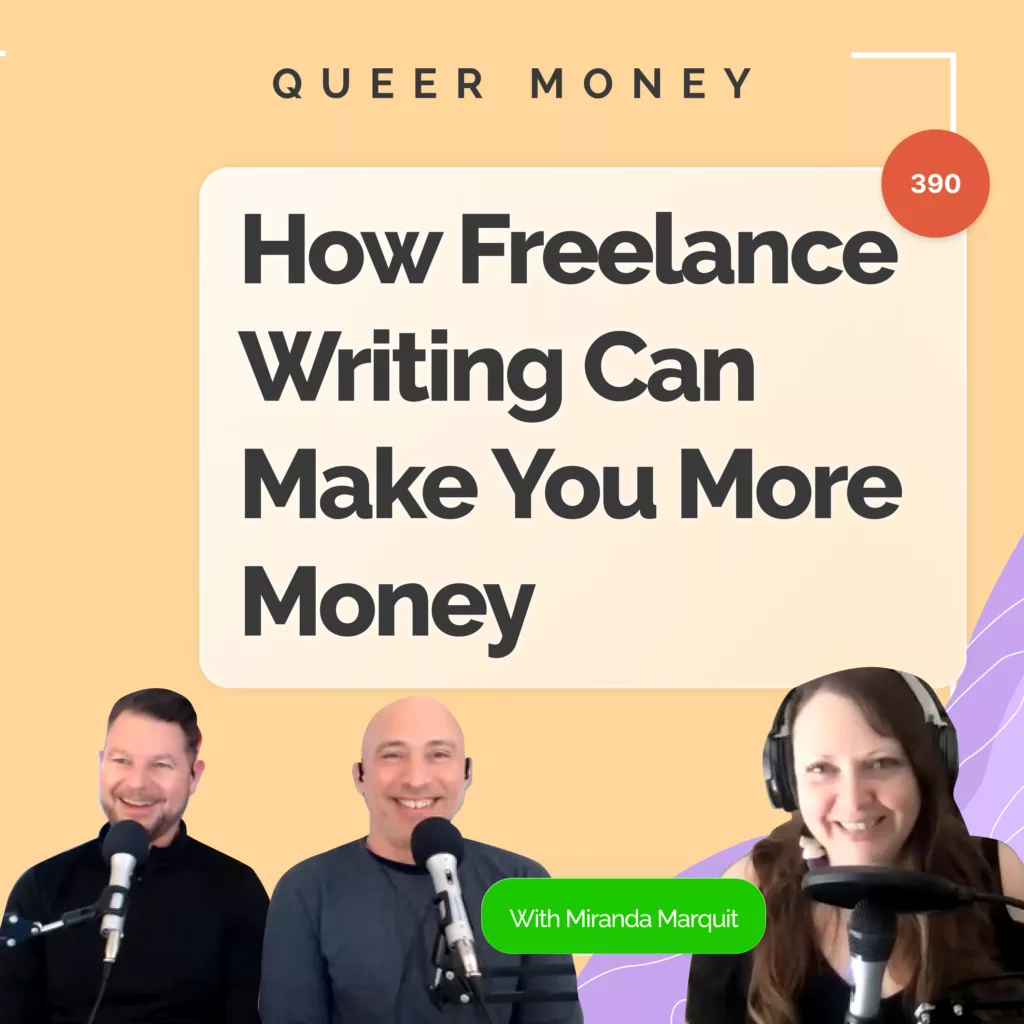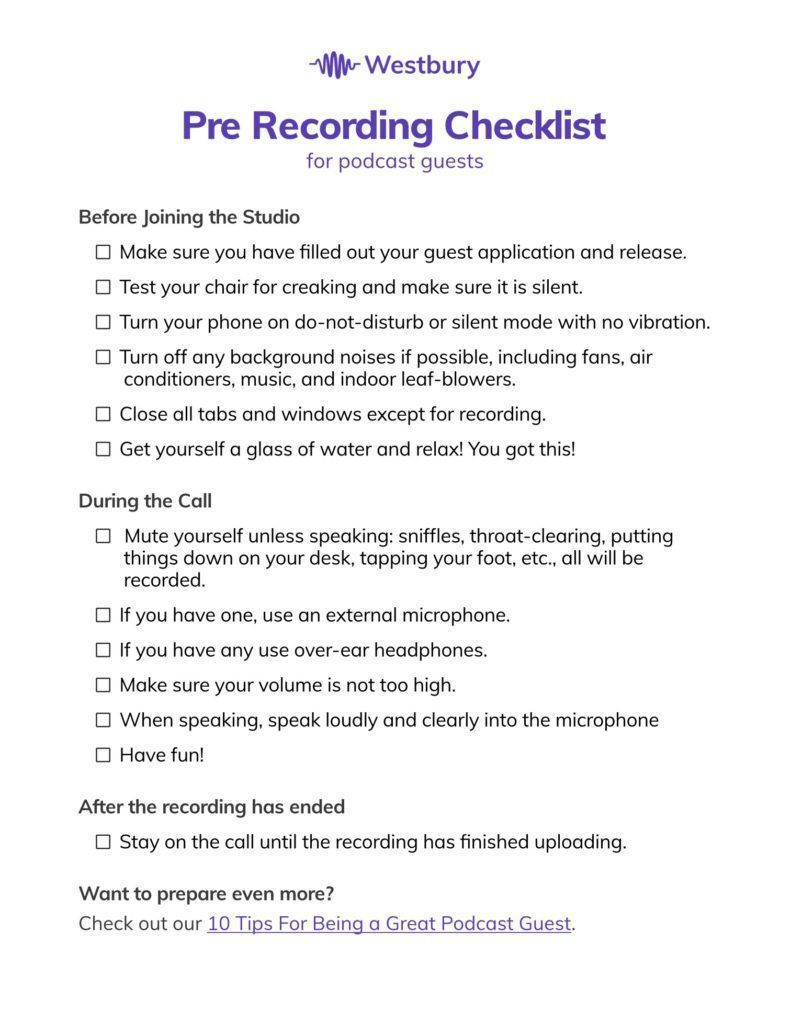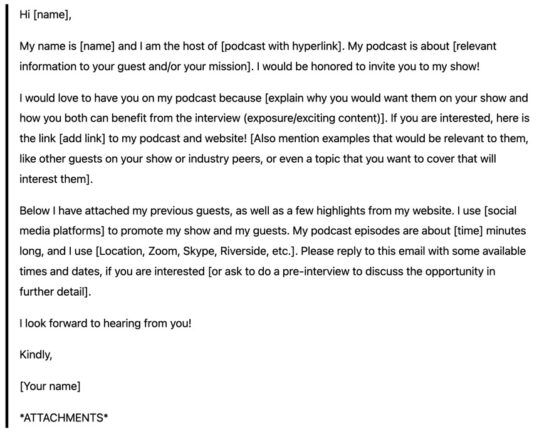Editing a podcast can be tricky, especially if you are just starting out. Every recording you edit will be different and the time you spend on editing will vary based on how much you need to edit out and how long the episode is. So, the short answer is: It depends.
The short answer is: Usually a raw recording for an episode is about 70 minutes long, and you’ll need to listen to it all the way through before even starting to edit. Factor in another 60-90 minutes actually editing, and then another 60 minutes to re-listen to the recording to ensure that it is perfect and does not sound too unnatural. So, the total time spent editing an average podcast recording should be about 3 and a half hours.
Editing can take a lot of time, but as you grow and learn it won’t take as long. Over-editing or taking too much time editing can cause burnout and make your podcast sound unnatural. In this post, you will learn what podcast editing involves, the different software you can use, and tips for editing your podcast.
What is Podcast Editing?
Episode production is split up into four steps: planning, recording, editing, and then publishing the masterpiece using a Digital Audio Workstation (DAW). Editing requires you to change the raw audio file from the recording and use different techniques to get the final edit the way you want it.
Editing is the longest part of this process. It includes condensing the recording, improving the audio levels, taking out any background noise, and occasionally adding in an intro or outro, or other music.
How long does this process take? It depends on how long the recording is, what type of podcast it is, and how much audio editing is necessary.
Audio Editing for a Podcast
There are three basic steps to audio editing: stitching, mixing, and mastering. For podcast editing, it is important to follow these steps as you go along because it will make your life 10x easier. Plus, we give some editing tips later in this article as well.
Editing
Stitching is adding, removing, or re-ordering the content. If you need to add an intro or outro, that’s part of stitching. If you need to condense a recording to fit your time limit, you can cut out any unnecessary sounds — that’s part of stitching, too. (More on cutting out unnecessary sounds later in the post.)
Mixing
Audio recordings have numerous audio layers, and mixing a recording allows you to manipulate the different layers to create the best sound. This can include making adjustments when people are speaking at different volumes, compressing, cutting, equalization, arranging, and crossfading.
The most important part of mixing is making sure that whatever needs to be heard is heard and any sounds that override this are reduced or removed.
Each track used is also set to the correct volume in order to achieve the overall output required for mastering.
Mastering
Mastering is the process of smoothing out the fully-mixed audio and optimizing it for overall sound quality across a multitude of playback devices. It can involve using such tools as a multiband compressor, limiter, harmonic exciter, and stereo imager. This is also the stage in which the overall volume and perceived volume levels are optimized for podcasting platforms such as Apple Podcasts and Spotify.
What You Will Need for Editing a Podcast
- DAW (Digital Audio Workstation): This is software that you will need to edit the recording. The recording is usually imported from another source, but you can also record right there in the studio.
- Microphone: Use a microphone that is NOT built in to your phone or computer. It will make your audio sound so much better and clearer. And you don’t need to spent thousands of dollars (unless you want to) to get a good quality mic.
- Check out our post on The Best Wireless Microphones for Podcasting in 2021 for more information on how to choose the right mic for you.
- Headphones: It is important to use a good pair of headphones while editing a podcast because you need to be able to hear every. little. thing.
- For more insight on The Best Headphones for Podcast Recording & Voice Overs, check out our recent blog post! It guides you through how to choose the right headphones for you and how you plan to use them.
- Quiet Place: This will make the editing process so much easier. You won’t have to deal with any interruptions or background noise, which is important when editing a recording.
- Planning & Research: You don’t want to go in blind. It will make a difference on the edit, and you’ll feel more prepared.
Time Spent Editing
In the editing world, there’s no one-size-fits-all. Every recording will be different, so it may take you more or less time for each audio file you edit. It all depends on the quality of the audio, the type of podcast it is, how lengthy it is or how lengthy you want it to be, and how you plan to edit.
On average, a podcast episode is about 60 minutes. For a 60-minute recording, cleanup and mixing usually takes around 90 minutes, the actual editing takes about 60 minutes, and finalizing the MP3 file takes about 30 minutes. But, again, it all depends on how much you really need to edit and how experienced you are with editing.
If you are just starting out editing, it might take a little longer than if you were more experienced. It takes time to get yourself familiar with the process, so don’t beat yourself up. You can start with the basic editing approach, which includes what to look for and remove.
What to Look for & Remove
After planning and listening to the raw recording first, you will be able to edit out any unwanted noises, help the flow of speech, and adjust the sound levels and quality as needed.
Don’t be afraid to cut out whatever doesn’t flow with the conversation. As an editor, you have control of what the show will sound like and it is important to make sure everything flows nicely.
Flow of Speech
There will be a lot of “um”s, “uh”s, other fillers, stutters, repetition, and crunch words like “kinda” or “like” that you will want to edit out. This will cut down the episode time, but it will also take forever and might make the dialogue sound unnatural.
Instead, let people sound like humans! Of course, you will want to remove any obvious things that mess with the flow of the recording, but make sure it still sounds natural.
Background Noise
No one likes to listen to a podcast show where you can hear heavy breathing, a six-lane freeway in the background, dogs barking, or any pops. Any interruptions in the recording are also undesirable.
Look for anything that is distracting to what the host or guest is saying and edit it out without making it sound unnatural. As you complete the final edits, listen to the final revision all the way through to make sure you didn’t miss anything. Go back and remove anything that sounds weird or unnatural.
Sound Quality & Levels
This is one of the most important parts of editing. Some software does it for you, but while editing, you need to make sure the recording is at its best quality and the sound levels are good to go.
If the sound levels are too low, increasing the gain will result in a lot of background noise like hisses, which are hard to remove. Hopefully your recording is at a good level to start with so you don’t need to worry about it at all.
It is also important to remove any plops. Plops occur when the mic is too close to the person speaking, and plops can totally ruin the flow of conversation. Your listeners will benefit from your removing them.
Editing Tips
As promised, here are a few tips for editing a podcast.
Listen to the Recording Fully Before Editing
If you don’t listen to the full recording before editing, you may cut out something that is important later in the episode. Plus, this gives you a chance to take notes on what should be edited out. It could create more work for you in the end if you just skip through the audio.
Listen at Regular Speed
I know it can be tempting to listen to the recording at 1.50x speed to get through the editing process faster. This can make it difficult to find pauses or any noises that need to be edited out later.
Take Notes
Timestamps. Timestamps. Timestamps. Use them! While taking notes, if you hear any plops, background noises, or anything that doesn’t match the audio levels, write it down! It will save you so much time. Plus, it is good to be organized while editing.
Don’t Over Edit
If you edit out short pauses or light breathing, or even too many “uh”s and “um”s, it will make the episode sound so unnatural. Slices and gaps can allow your audience to take in what they are listening to. Leave some blank space! If you edit out too many slight pauses, it could shorten your recording so much that your previously noted timestamps no longer match the recording. If your timestamps aren’t accurate anymore, they’re not helpful, and you took all those notes for nothing.
Also, spending too much time editing can harm your love for what you are doing and cause burnout. No one wants that!
Give it Another Listen
Ensure that everything is good to go, you have all of your sound levels right, the quality is good, etc.
It is a little annoying and time consuming to re-listen to the recording, but you have to give it another listen to make sure that it is ready to publish. Imagine you’re listening to it for the first time, like your subscribers will be.
Your Digital Audio Workstation: DAW
DAW is the most common editing tool, allowing you to record into it so that you have the audio file already on your computer and ready to edit. There are a kajillion DAW softwares out there, so finding the one that fits you best is most important.
There are two types of editing software: destructive and non-destructive. Destructive editing software can make it difficult because you can lose the clips you edit out, making it impossible to add those clips back in later if you need to reverse your edit. Non-destructive editing software allows you to go back and make changes as needed.
Software for Editing: Pros & Cons
Here are a few popular editing softwares, with pros and cons for each to make it easier for you to choose what works best for you and your podcast.
Audacity
Pros:
- Free to use
- Recording & editing
- Supports most audio files
- Features like Sync-Lock, saveable EQ, Silence Finder, and Truncate Silence
Cons:
- No multitrack recording or live listening option
- Destructive (you can lose the clips you edit out)
- No advanced editing features
- Can be laggy
Alitu
Pros:
- Web-based
- Automates converting and cleaning up
- Free theme music and effects
- Non-destructive (it won’t delete clips you edit out)
- Easy to use
- Made for podcasters
Cons:
- Limited tools
- Not much control over quality and file formats
- Not reliable for full episodes since it is web-based
Hindenburg
Pros:
- Supports all types of audio files
- Automatically sets audio levels
- Extracts the best audio quality
- Non-destructive
Cons:
- Expensive
- Learning curve for beginners
- Pro version has better features
Garage Band
Pros:
- Easy to use
- Not time consuming
- Can manipulate multiple tracks
- Free
Cons:
- Only available for Mac
- No podcast options
- Files are large
Hiring a Podcast Editor
Hiring a podcast editor will cost money, but this money is often well spent depending on your skillset and experience.
Hiring a podcast editor also allows you to focus on creating great content as a host and everything else that comes with podcasting.
How much do Podcast Editors Cost?
How much a podcast editor costs varies greatly depending on a number of factors, including how experienced an editor is and the equipment they use for editing. Many editors charge per podcast episode, ranging from $50-$1,000 per episode, depending on how much editing is needed and the quality of their equipment.
Below are some of the factors that affect how much you will end up paying to have your podcast edited.
Experience and Reputation of the Editor
The old adage “you get what you pay for” is often true when it comes to podcast editing and creative services in general. While you may be able to find extremely affordable podcast editors on freelancing websites, you’re often getting a discount because of an added risk of working with an unproven worker that lacks the experience and reputation that will guarantee a good job done.
Type of Podcast
Is your podcast a finely crafted narrative with multiple interviews and great sound design, or just a simple, one-take interview?
Obviously, most listeners would prefer the former, and producing this kind of podcast has some major benefits in terms of audience engagement. However, finely crafted narratives require much more work in terms of writing, planning, recording, and editing. This means that at every stage of the process, your podcast production cost will be higher, and this will be especially true of the editing process, where a 30-minute job can easily become a 30-hour job.
Editor’s Local Cost of Living
Living in a globalized economy means that you can hire from almost anywhere in the world. This is generally good for the pocketbooks of those living in higher cost-of-living countries, but keep in mind that hiring from across borders often comes with many additional liabilities and challenges. Working hours, communication challenges, cultural differences, and workplace expectations should all be considered. Additionally, if you’re looking to hire an employee (as opposed to paying a freelancer), then you will need to take into account a whole host of legal and tax considerations as well.
Production Equipment
If you’re also hiring your editor to help you record your podcast, the equipment of the editor can greatly affect the price as well. This includes whether the editor provides a recording studio in addition to the production of the audio.
Average Podcast Editor Salary
Are you a podcast editor or someone looking into providing editing services to others? You may be interested in learning what the average salary of a podcast editor is.
Unfortunately, while there are many who make a decent living providing podcast editing services, it can often be difficult to land clients who are willing to pay rates that mean you will make a decent living.
If you’re working as a full-time employee of a media company, you can expect an entry-level salary of around $33,000 USD per year, with adequate education and proof of editing knowledge and capability. As you gain more experience, the average salary is about $55,000 USD per year. The highest-earning employed podcast editors, often employed by well-known and extremely successful podcast production companies like Gimlet and Corkscrew Media make close to $110,000 USD per year.
Conclusion
Editing a podcast can be time consuming, but with experience and knowledge, anyone is capable of editing a podcast. Time spent on podcast editing varies based on how long the recording is, how much you need to edit, and how experienced you are.
Podcast episodes are typically 60 minutes long. When budgeting your editing time, you need to account for the time needed to listen to the FULL recording before editing, the actual editing process, and finally re-listening to your edited recording to ensure that it sounds natural and that you didn’t miss anything while editing.
Overall, editing requires at least a few hours of work for each episode. As you gain more experience editing, it may not take as long, but it all depends on the recording. It is not a one-size-fits-all situation.

